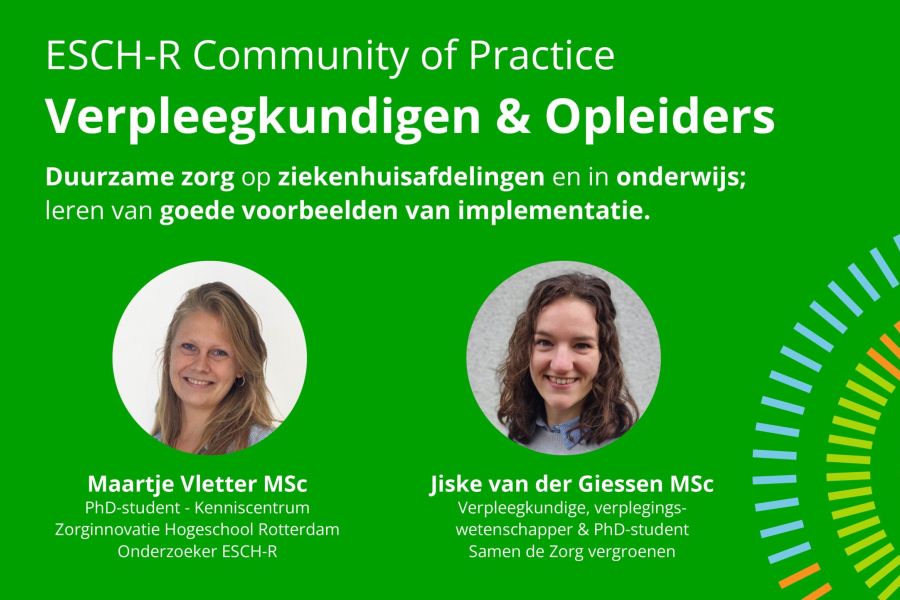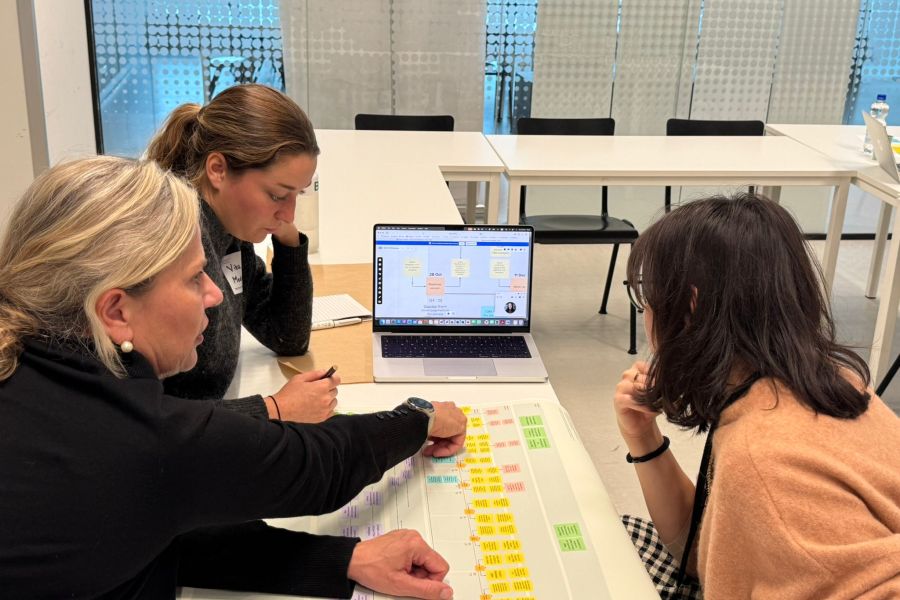Include environmental sustainability in clinical trial design and implementation strategies: the BLING-III trial as an illustrative example

Authors: Jasper Klasen, Mirte M. B. Horstink, Nicole G. M. Hunfeld
Abdul-Aziz et, al. published a systematic review and meta-analysis showing that prolonged infusions of β-lactam antibiotics are associated with a reduced risk of death in critically ill adult patients with sepsis or sep-tic shock compared with intermittent infusion [1]. The BLING III trial was part of this analysis [2]. The BLING III trial compared meropenem and piperacillin/tazobac-tam prolonged and intermittent infusions and an editorial about the implementation considerations was published recently in this journal [2, 3]. For both types of infusions, many medical products are needed, resulting in waste and environmental burden [4]. Environmental burden was not mentioned in the trial design and implementation strategy. The healthcare sector contributes to over 5% of global carbon emissions, with intensive care units being significant contributors [5]. We advocate that the carbon footprint of medical treatments should be a relevant factor in decision-making and therefore be part of clinical trials and implementation strategies there-after. This is in line with The European Society of Intensive Care Medicine’s (ESICM) Green Paper aiming to address the challenge of environmental sustainability in intensive care and endorsing the need for integration of sustainability into research and clinical practice [5].
To assess the environmental impact of medical treatments, a life cycle assessment according to ISO norms is considered the standard. Another more practical approach is to perform a waste audit. For example, comparing the weight of disposable materials used in continuous versus intermittent antibiotic infusions can indicate their environmental impact, guiding us towards more sustainable practices.
For the BLING-III trial, we mimicked the study protocol and weighted the waste of the materials used during one day of treatment (Fig. 1). Our findings show that continuous piperacillin/tazobactam infusions of infusion bags result in less waste than intermittent infusions due to the use of fewer materials (384 g per day versus 542g). For meropenem infusions, there was no difference (324 g versus 324 g). This can be explained by the chemical instability of meropenem, requiring 3 doses per day, regardless of type of administration. Switching to a meropenem brand with longer stability (e.g. 12 h instead of 8 h [1]) will decrease the waste of continuous infusion by 33% compared to intermittent infusion. Additionally, for both antibiotics studied using infusion bags instead of syringes results in considerably less waste. As an example: per patient, 5.1 kg of waste can be avoided if infusion bags are being used during continuous administration of piperacillin/tazobactam instead of syringes (calculation based on 5.5 days of treatment of the BLING III data).
Also the use of electricity needs to be considered when evaluating the environmental impact of treatment options. In our hospital, the use of an additional syringe pump adds 20 W per patient per day. Since we do not use renewable energy, this use should be taken into account regarding our local setting. In reducing the ecological footprint of healthcare, clinical trials and implementation strategies should incorporate sustainability metrics to ensure that healthcare interventions take care of our planet’s health in addition to our patient’s health.

Read the whole publication here.


